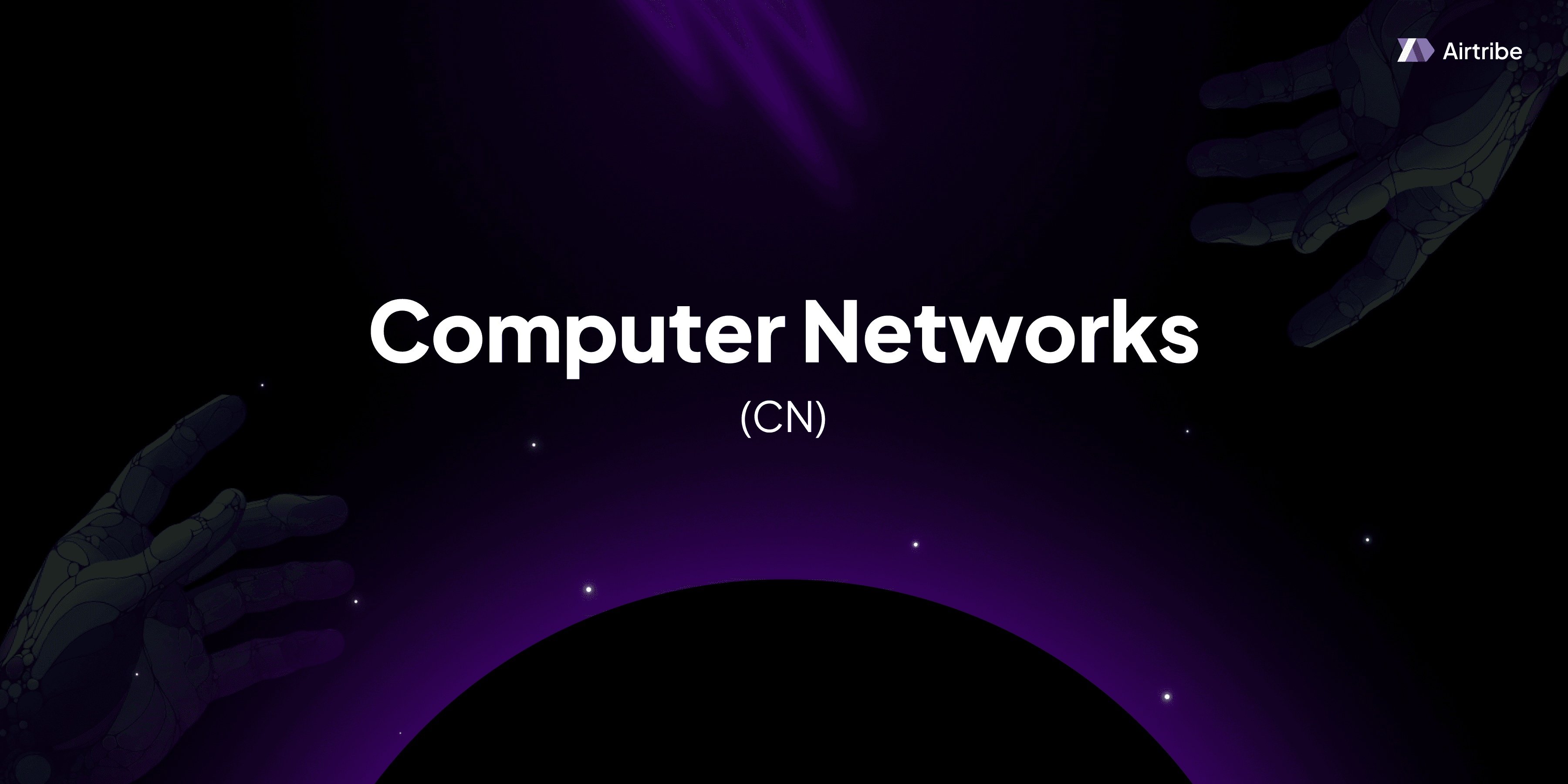Character Encoding Standards (ASCII Unicode)

Understanding Character Encoding Standards in the Presentation Layer
Character encoding is an essential aspect of the Presentation Layer in computer networks. This layer, responsible for data translation, encryption, and compression, ensures data is in a readable format from one network system to another. Among the encoding standards, ASCII (American Standard Code for Information Interchange) and Unicode are dominant. This article explicates these encoding standards, their core concepts, practical applications, and why understanding them is crucial for developers and network engineers.
Core Concepts: ASCII and Unicode
ASCII
The ASCII standard, developed in the 1960s, was one of the first character encoding schemes. It uses a 7-bit binary number to represent characters:
- Character Set: ASCII includes 128 characters, encompassing English letters, digits, and some special symbols.
- Limitations: Its narrow scope only covers characters needed for the English language, which lacks support for internationalization.
Example of ASCII representation:
| Character | ASCII (Decimal) | ASCII (Binary) |
|---|---|---|
| A | 65 | 1000001 |
| B | 66 | 1000010 |
| 1 | 49 | 0110001 |
| @ | 64 | 1000000 |
Unicode
Developed to overcome the limitations of ASCII, Unicode is a universal encoding standard:
- Character Set: Supports over 143,000 characters, covering most written languages.
- Encoding Forms: UTF-8, UTF-16, and UTF-32 are the popular forms, where UTF-8 is variable-length and backward-compatible with ASCII.
- Versatility: Facilitates globalization of applications by representing diverse characters and symbols.
Example of Unicode representation (UTF-8):
| Character | Unicode (Code Point) | UTF-8 (Hex) |
|---|---|---|
| A | U+0041 | 41 |
| € | U+20AC | E2 82 AC |
| 𐍈 | U+10348 | F0 90 8D 88 |
Practical Applications
Character encoding has practical applications in software development and international communications:
- Web Development: HTML and XML documents use UTF-8 to support multiple languages.
- Email Systems: Use MIME encoding standards which include UTF-8 to handle non-ASCII text.
- Database Systems: Use Unicode to store multilingual text data efficiently.
Code Implementation and Demonstrations
Understanding how to implement and manipulate character encoding is useful in programming:
Python Example: Encoding and Decoding
# Encoding a string into ASCII and UTF-8
text = "Hello, World!"
ascii_encoded = text.encode("ascii")
utf8_encoded = text.encode("utf-8")
print(f"ASCII Encoded: {ascii_encoded}")
print(f"UTF-8 Encoded: {utf8_encoded}")
# Decoding back to string
decoded_ascii = ascii_encoded.decode("ascii")
decoded_utf8 = utf8_encoded.decode("utf-8")
print(f"Decoded ASCII: {decoded_ascii}")
print(f"Decoded UTF-8: {decoded_utf8}")
Comparison and Analysis
| Feature | ASCII | Unicode |
|---|---|---|
| Character Set | 128 (English-centric) | 143,000+ (Global) |
| Encoding Size | 7-bit / 8-bit with parity | Varies (8, 16, or 32-bit) |
| Applications | Legacy systems, older protocols | Modern applications, web |
| Globalization Support | Limited | Extensive |
Additional Resources and References
For further understanding of character encoding standards, consider exploring these resources:
- The Unicode Consortium
- ASCII Official Documentation
- RFC 3629: UTF-8, a transformation format of ISO 10646
In conclusion, character encoding in the Presentation Layer is crucial for ensuring that data is correctly transmitted and understood across different systems, languages, and applications. Mastery of ASCII and Unicode is foundational for SDEs and network engineers to build and manage global software solutions effectively.


